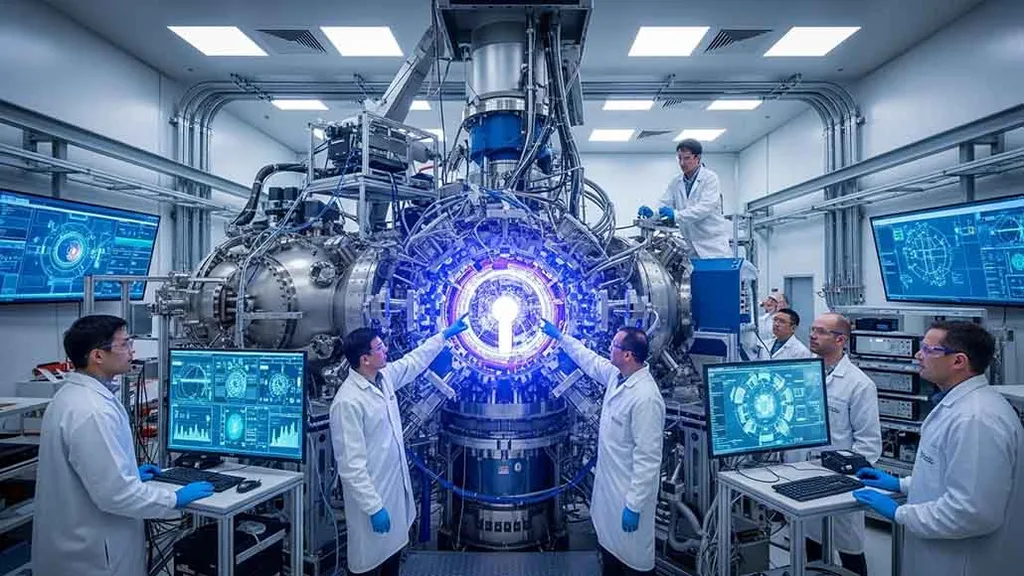Germany has launched an ambitious Fusion Action Plan, a flagship measure of the High-Tech Agenda Germany (HTAD), aiming to position the country as a global leader in fusion energy innovation. This plan underscores the Federal Government’s commitment to fusion research, with a clear goal of constructing a fusion power plant on German soil. By 2029, over €2 billion will be invested in this endeavor, funding research, new infrastructures, and technology demonstrators.
Federal Minister for Research, Technology and Space Dorothee Bär emphasized the urgency and potential of this initiative: “Recent years have clearly shown us all that our energy supply is facing challenges. It is the foundation for competitiveness, value creation, and sovereignty. Our energy of tomorrow should be safe, environmentally compatible, climate-friendly, and affordable for everyone. In the future, the key technology of fusion could help fulfil this demand. With the Fusion Action Plan, we are paving the way for the world’s first fusion power plant in Germany.”
Fusion energy, the process that powers our Sun, holds immense promise for a sustainable energy future. At temperatures of 15 million degrees Celsius and pressures of 100 billion bar, hydrogen atoms fuse to form helium, releasing vast amounts of energy. While not a short-term solution, fusion offers the potential for clean, safe, and resource-efficient electricity generation, capable of meeting baseload requirements. This could make fusion a crucial pillar of society and economy, particularly for energy-intensive processes like hydrogen production.
To commercialize a fusion power plant in Germany, the government has identified eight key fields of action:
1. **Strengthening Research Funding**: Enhancing financial support for fusion research to accelerate technological advancements.
2. **Building a Fusion Ecosystem**: Fostering collaboration between science and industry to create a robust fusion ecosystem.
3. **Research Infrastructures and Technology Demonstrators**: Developing necessary infrastructures and demonstrators to test and validate fusion technologies.
4. **Training and Further Education of Specialists**: Investing in education and training to build a skilled workforce capable of driving fusion innovation.
5. **Public Involvement**: Engaging the public to build awareness and support for fusion energy.
6. **Regulation in the Radiation Protection Act**: Creating explicit regulations for fusion in the Radiation Protection Act to provide a clear regulatory framework.
7. **Intellectual Property Protection and Standardisation**: Establishing standards and protecting intellectual property to encourage innovation and investment.
8. **Strategic International Cooperation**: Collaborating with international partners to leverage global expertise and resources.
This initiative could significantly shape the future of the energy sector. By investing heavily in fusion research and infrastructure, Germany is positioning itself at the forefront of a potential energy revolution. The success of this plan could not only secure Germany’s energy sovereignty but also set a global precedent for clean, sustainable energy production. However, the path to commercial fusion energy is fraught with technical and regulatory challenges. The government’s commitment to creating a supportive regulatory environment and fostering a collaborative ecosystem will be crucial in overcoming these hurdles. If successful, Germany’s Fusion Action Plan could accelerate the development of fusion energy, potentially transforming the global energy landscape and paving the way for a sustainable, low-carbon future.

